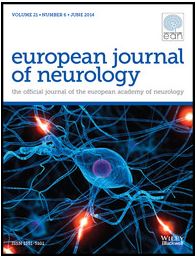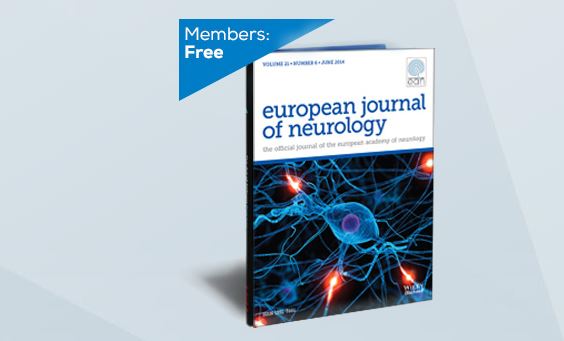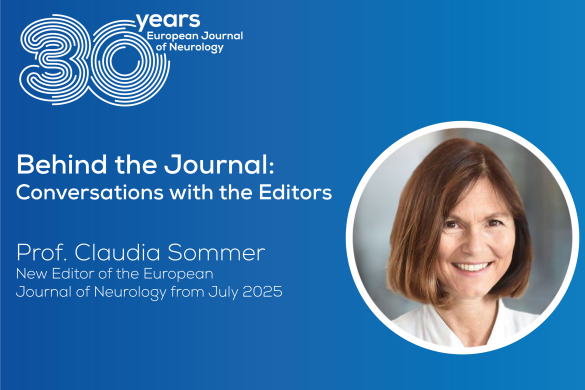Cruccu G, Garcia-Larrea L, Hansson P, Keindl M, Lefaucheur JP, Paulus W, Taylor R, Tronnier V, Truini A, Attal N. EAN guidelines on central neurostimulation therapy in chronic pain conditions. Eur J Neurol. 2016 Aug 11.
Why these guidelines ?
In 2007 the European Federation of Neurological Societies (EFNS) published the first evidence-based guidelines on neurostimulation for neuropathic pain (1). Since then new trials and new techniques of neurostimulation have appeared, particularly noninvasive neurostimulation techniques. Furthermore new methods to establish recommendations based on GRADE have been endorsed by the EFNS then the EAN.
With this in mind, a number of established experts in the field led by Pr Giorgio Cruccu (Roma, Italy) and Pr Nadine Attal (Boulogne, France) decided to upgrade the EFNS guidelines on neurostimulation. The novelties of our new guidelines, which are endorsed by the EAN, are manyfold: they are based on the GRADE, which was not the case for prior guidelines ; they have considered not only neuropathic pain, as in most guidelines of neurostimulation, but also other common chronic pain conditions (such as fibromyalgia, complex regional pain syndrome type I and postsurgical chronic back and leg pain) for which central neurostimulation has been assessed; they are not restricted to invasive neurostimulation techniques but have also considered noninvasive techniques of neurostimulation, namely repetitive transcranial magnetic stimulation (rTMS) and transcranial direct current stimulation (tDCS).
What are the most important recommendations from these guidelines ?
Our guidelines propose weak recommendations for the use of several neurostimulation methods for chronic pain : this concerns spinal cord stimulation in neuropathic pain and postsurgical chronic back and leg pain, epidural motor cortex stimulation in neuropathic pain, rTMS of the primary motor cortex in neuropathic pain and fibromyalgia, and tDCS of the primary motor cortex in peripheral neuropathic pain. This suggests the potential advantage of these techniques in these specific indications. However, we could not propose strong recommendations for these techniques because of lack of placebo controlled trials (as regards invasive techniques), small sample sizes, blinding issues and small magnitude of effects in most cases. This emphasizes the necessity to conduct large scale trials with careful selection of patients in the next future. We also need trials assessing the benefit and safety of these techniques on the long term (several months), since most trials of these techniques are of short duration.
How to use these guidelines in practice ?
It is important to keep in mind that the neurostimulation techniques referred to by these guidelines should only be proposed to patients with refractory chronic non cancer pain particularly neuropathic pain, postsurgical chronic back and leg pain and to some extent fibromyalgia as regards noninvasive techniques. This means that these patients should have first received conventional medical treatment generally recommended for their pain. Second, invasive techniques cannot be proposed without a careful pluriprofessional assessment of the patients including neurological, psychological and psychiatric evaluation. Finally the level of recommendation for all these techniques being weak as best, their advantages and limitations should always be discussed for individual cases preferably during multidisciplinary medical staffs, and the patients should be carefully monitored on the long term.
Contact : EAN Scientific Panel on Pain : https://www.ean.org/EAN-Scientific-Panel-Pain.2778.0.html
You can access the full guideline here: http://onlinelibrary.wiley.com/doi/10.1111/ene.13103/full








